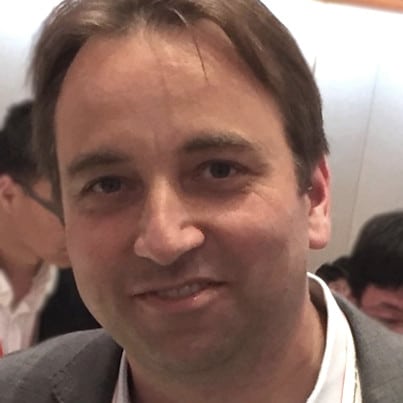How Nils Cordua companioned the EU stress test at ENSI

Nils Cordua was the project leader at ENSI during the EU stress test in Switzerland. He has been working at ENSI since 2010 and is now a specialist in systems engineering.
Mr Cordua, how did you become a project manager at such short notice and what was your introduction to the job like?
Prior to Fukushima, ENSI was preparing for the construction of new nuclear power plants in Switzerland. In the New Nuclear Power Plants Section in which I was working, we were busy evaluating new reactor concepts and defining regulatory requirements for new nuclear power plants. Because I had already worked as a project manager together with those sections needed for the EU stress test, I was lucky enough to be selected for this challenging task.
What was your experience of the situation at that time?
I remember the morning of Friday 11 March 2011 when the first news about the situation in Japan reached us, putting everyone at ENSI on edge. As early as that afternoon, I had already realised that Switzerland would never agree to building new nuclear power plants if there was a meltdown in Japan. That evening and throughout that weekend, I watched the situation unfurl in the media and spoke with friends in Japan. The events shocked me.
How did ENSI deal with the pressure at the time?
In retrospect, I have to say that ENSI’s reaction was very professional. Particularly for the first few days, the situation was difficult to assess because there was a lot of missing and contradictory information from a wide variety of sources. ENSI quickly managed to set up a team to track and assess the event and issued the first order after just one week, requiring reviews and initiating further improvements, such as the emergency equipment store in Reitnau.
How was the task force put together? What expertise was needed?
Well, based on the events in Japan, the EU stress test was focused on critically re-evaluating the design of the nuclear power plants in respect of their ability to resist earthquakes and floods, station blackout and loss of heat sink, as well as accident control strategies. Consequently, the task force was made up of ENSI experts in these areas. In addition, external experts were involved in the structural engineering assessments.
What was the biggest challenge and how was it dealt with?
In my opinion, the EU stress test differed in two respects compared to our usual work: the very tight time frame and the methodology. The time frame was set externally by WENRA and ENSREG and was very ambitious. Given the specified time limit, we had to determine what type of analyses were reasonable and possible, and consequently we weren’t able to freely select the level of investigation. Completing the report in the allotted time was very challenging, hence we were under great pressure right from the start up until the deadline of 31 December 2011. Following the EU stress test, further in-depth reviews were carried out, as described in the previous articles. The methodology differs in that the analyses of the accident situation have to be intensified to the point at which cliff edge effects, i.e. situations involving a failure of preventive measures and a severe deterioration, occur. In this way, extreme situations that were significantly above the previous design, including conservative safety margins, were to be evaluated to identify further areas for improvement.
What does Fukushima mean for you personally?
The events in Fukushima shook me, because the events affected a highly developed and technologically advanced country, which basically meant that my own personal views were brought into question. The event together with the high investment costs for new plants ultimately triggered the phase-out of nuclear technology in German-speaking Europe. During a six-month exchange with the Japanese regulator, NRA ( 原子力規制委員会 ) during 2018/19, I was able to gain a very personal insight into the consequences of the accident and the improvements that have been implemented since then in Japan. Although I had already been working in nuclear technology for over a decade, my first understanding of what a beyond design-case accident really means, was when I visited Fukushima. For me, it was the most instructive period of my professional life to date. We must not forget the event, and we must do our best to ensure that such an event is not repeated anywhere else in the world.
This interview belongs to part three of ENSI’s series to mark ten years on from the Fukushima-Daiichi disaster on 11 March 2011.

